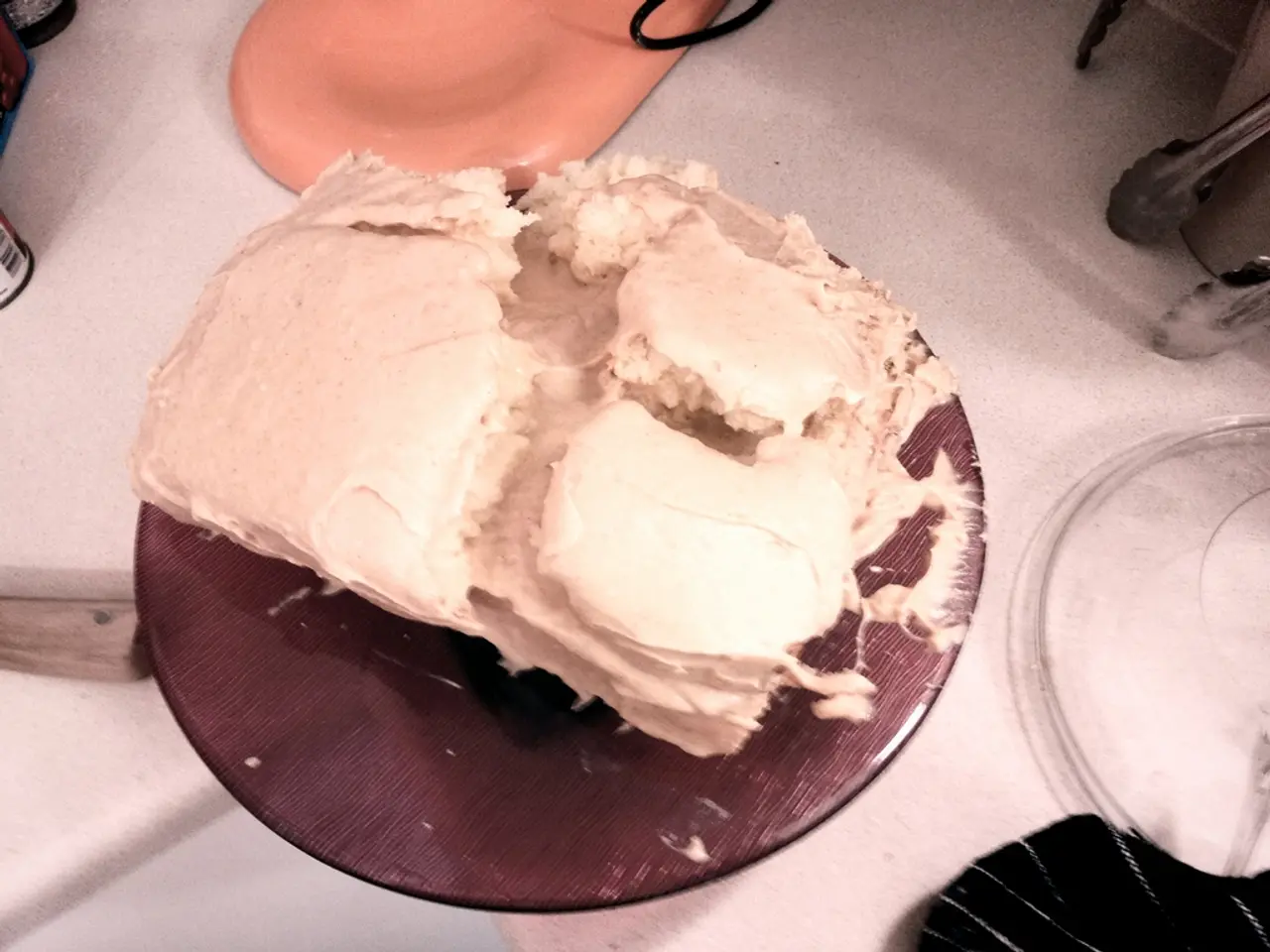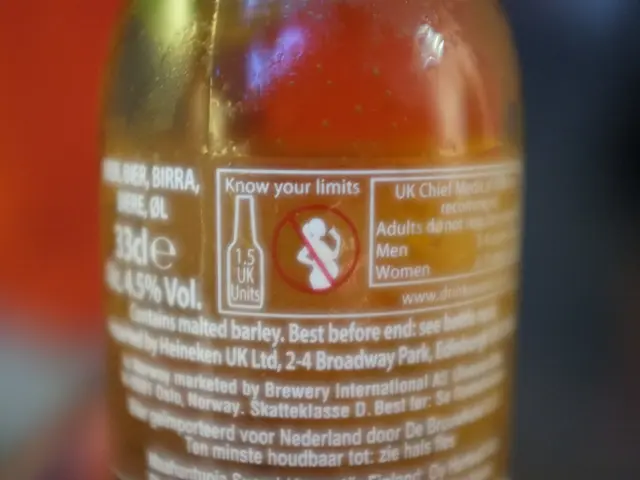A description of Child Naevus, a term for certain birthmarks in children.
Childhood is a time of growth and development, both physically and emotionally. One aspect of a child's physical development that requires special attention is the appearance of moles, or naevus, on the skin. This article aims to provide parents with essential information about childhood moles, their types, and how to manage them.
What are Childhood Moles?
A child naevus is a benign skin lesion, often referred to as a mole. They are common in children and can appear in various forms and colours. Understanding the different types of childhood moles is crucial for parents to monitor their child's skin health effectively.
Types of Childhood Moles
Congenital Melanocytic Nevus (CMN)
Congenital naevus is a type of mole present at birth, resulting from clusters of melanocytes formed during fetal development. These moles are classified by size: small, medium, and large/giant. Small congenital naevi have a very low melanoma risk, while large and giant ones have a moderate to high melanoma risk, which may require multidisciplinary care and frequent monitoring.
Nevus of Ota
Nevus of Ota is characterized by bluish-gray patches usually located on the face around the eyes and sometimes affecting the sclera (whites of the eyes). While generally harmless, they may be linked to rare eye complications or slight melanoma risk.
Nevus Depigmentosus
Nevus Depigmentosus is a hypopigmented (light-colored) patch of skin present from early life. These patches do not spread or darken with sun exposure and are benign without a need for treatment.
Nevus Anemicus
Nevus Anemicus is a pale patch caused by localized reduced blood flow in the skin. These patches are usually unnoticed and benign; they do not change size or shape and do not require treatment.
Nevus Sebaceous
Nevus Sebaceous is a yellowish, hairless patch often found on the scalp or face. These patches become more pronounced at puberty and may develop benign tumors and rarely can transform into skin cancer, so clinical evaluation is recommended.
Acquired Melanocytic Nevi
Acquired melanocytic nevi are common moles that appear during childhood and adolescence. These moles are typically flat or slightly raised, symmetrical with smooth borders, and various shades of brown, pink, or black. Some atypical or dysplastic moles carry an increased melanoma risk.
Blue Nevi
Blue Nevi are characterized by their distinctive blue or blue-black colour due to melanocytes located deep in the dermis causing light scattering. These moles are generally benign and stable over time.
Dysplastic (Atypical) Nevi
Dysplastic nevi are unusual moles with irregular borders, colour variation, and an increased risk (4-12 times) of melanoma. These moles require closer monitoring.
Managing Childhood Moles
Regular dermatological assessment and sun protection are critical for managing childhood moles. If parents notice changes in their child's naevus, such as changes in size, shape, or colour, itching, bleeding, or crusting, or new moles appearing after age 20, they should seek medical advice.
Protecting the skin from sun exposure is crucial for children with naevus. This can be achieved through the use of sunscreen and protective clothing. In some cases, topical treatments, such as cryotherapy and laser therapy, may be recommended for certain types of naevus.
Educating children about their naevus can help them feel more empowered and less anxious. Understanding the symptoms and causes of child naevus can help parents manage their child's skin health effectively. A dermatoscope may be used to help identify specific characteristics of the naevus.
In conclusion, childhood moles vary in origin (congenital vs acquired), appearance (colour, size, shape), and risk profile, from harmless stable patches (e.g., nevus depigmentosus) to larger congenital nevi with potential melanoma risk that require regular follow-up. Regular dermatological assessment and sun protection are critical for management and early detection of suspicious changes. If parents have concerns about their child's naevus, they should consult a healthcare professional.





